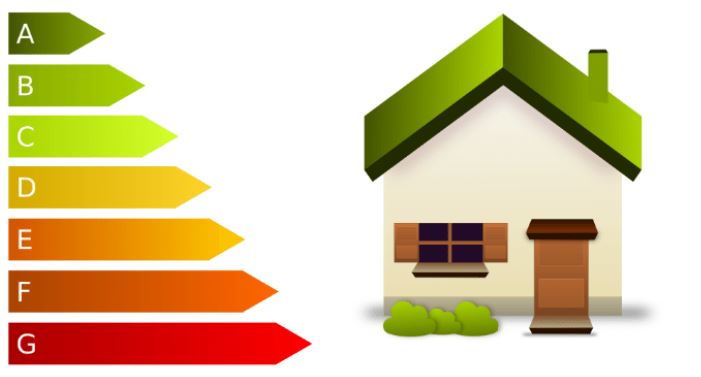Energy Efficiency Compliance with Building Regulations 2006, for a standard House Type From a Private House Builders Perspective (2008)
Energy Efficiency Compliance Dissertation – There has become an increase in the emissions of Carbon Dioxide (CO2) in the earth’s atmosphere over recent years. The increase in CO2 emissions has lead to Global Warming causing the greenhouse effect which is severely effecting the environment of this planet.
To counteract this threat the European directive has been introduced. The implementation tool for this in England and Wales – The EPBD has been introduced in conjunction with the Kyoto Protocol, with the aim of reducing Carbon Emissions and making homes energy efficient. After examining current methods of assessing the energy performance of a dwelling using SAP 2002 and the Part L document; a case study then determined that a standard house type built by a medium size house builder can obtain compliance; most commonly using the elemental method.
A good SAP rating does not necessarily mean that the property has a good rating against carbon emissions. The carbon index failed to meet compliance with current regulations and as this is the tool that reduces CO2 emissions, it appears to contradict the objectives of the Kyoto agreement. The new part L document which comes into force in April 2006 implements the provisions of the above agreement. A review of the primary and secondary literature was completed to discover the amendments to these documents, it was concluded that the major changes were, a single method of compliance and the introduction of standard construction details and pressure testing.
There was also a change in software package (SAP 2005) used to calculate compliance, which allowed for the all these amendments in the calculations. Not being able to obtain calculations from SAP 2005, I subsequently estimated the rating of the same standard house type under new legislation which indicated that a poor rating.
Recommendations were subsequently made for improvements, which included the increase of roof insulation and change of block work specification amongst others. It was concluded that although the new regulations are accepted in the industry, the implementation has been poor causing uncertainty. Recommendations were made for further research into the comparison between 2002 and 2005 regulations, whilst identifying the effects of MMC on these ratings.
- 15,000 words – 110 pages in length
- Excellent use of literature
- Good use of data analyses
- Good case study analysis
- Ideal for construction, property and building studies students
Introduction
Aim
Objectives
Dissertation Structure
Research Methodology – Climate Change and Legislation
Global Warming
Effects of Global Warming
Kyoto Agreement
Energy White Paper
EU Directive
Implementation of EPBD
Articles in EPBD
Measures to Combat Climate Change
Building Regulations
Standard Assessment Procedure (SAP)
Approved Document L – Conservation of Fuel and Power 2006 – an overview
Document Approval
Transitional arrangements
Approved Document L1 A
Demonstrating Compliance
Quality of Construction
Thermal bridging
Air Pressure Testing
Provisions for Information
HCR AND HIP – An introduction
BREEAM and EcoHomes – an overview
Code for Sustainable Homes
Existing Dwellings and RDSAP
Future of Part L
SAP 2005 – The Changes
Standard House Type and SAP 2002
Elemental Method
Carbon Index Method
Overall target Method
Standard House Type – SAP 2001 VS 2005
Calculation
Analysis
Conclusion and Recommendations for Further Research
Conclusion
Further Research
Bibliography and References
Appendices

